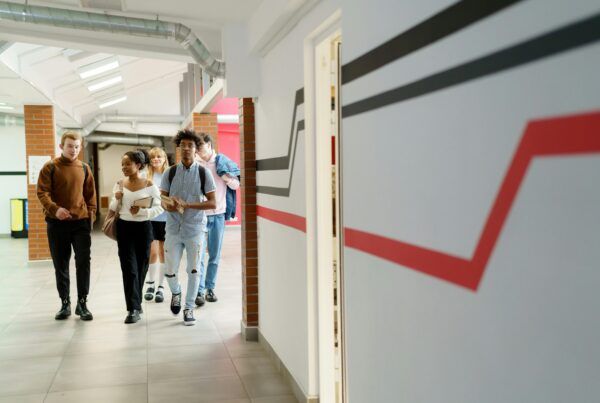This post first appeared on LinkedIn.
Reflections from the 2019 Grantmakers for Education Annual Meeting
In anticipation of last week’s Grantmakers for Education conference in New Orleans, I sent out a quick note on social media sharing my excitement for our session, Investing for Impact. Our session promised to cover topics I’d been focusing on for almost 30 years, including:
- How might higher education bring its mission forward in new ways to sustainably meet the needs of the students it serves?
- Why does quality higher education cost what it costs, and how might that cost be reduced to improve access and affordability?
- How might we ensure that we always define what ‘good looks like’ as we launch into new innovations?
A high energy topic indeed, much of which was returned to me from colleagues in the digital ether. And then a very pointed post suggesting that focusing on ROI was not the solution, but rather the problem. So, the work is never done.
I understand the skepticism. That said, marked progress on the reception of ROI is being made. In response to the opening question “How you feel about ROI?” the audience claimed to be excited, encouraged, intrigued, and even a little bit scared. The sentiments were very different from the pushback and suspicion of ROI analysis and topics raised by similar audiences in years past.
And the work is happening. Institutions are increasingly confronting the elephant in the room by considering the business model and ROI as they invest in innovation to support student success. A few examples shared in the session:
- Institution A is beginning an emergency loan program, but also calculating the increase in net tuition and fee revenue from improvements in student retention.
- Funders are increasingly building requirements for sustainability planning into their awards.
- Institution B is tracking changes in excess credits and time to degree completion after implementing intrusive advising models.
The Kresge Foundation’s support for the APLU/USU Collaborative Opportunity Grants (COG) is a featured example of ROI in Action. These $50,000 investments were awarded to 20+ public universities across two cohorts from 2017 through 2019. The goal of the investments: to launch new or grow existing student success programs to achieve sustainability over a three-year period. The projects further had an emphasis on community – each initiative involved a partnership with nonprofit organizations, local governments, health agencies, or school districts. The rpk team was deeply involved right from the beginning, supporting all grantees around designing solutions to community and student problems, creating a sustainable business model, and measuring progress towards success metrics.
Members of one those grantee institutions, the University of New Orleans (UNO), shared their experience as part of COG. UNO’s project included a partnership with College Beyond, a local nonprofit student success provider focused on the academic, social, and financial transition from high school success to college persistence. UNO had tracked the positive shift in its student retention rate, resulting in positive net revenue for the initiative. The UNO partners also spoke convincingly of their initial skepticism around the COG grant’s focus on ROI, and their ultimate recognition that using an ROI lens can support a sustainable and growing investment in the student success programs about which they were particularly passionate.
What were the key session takeaways? I think they’re best divided between the funding community and the grantees.
For Funders:
- Start from the beginning. Include a requirement to assess ROI as part of every grant.
- Be clear about the work. Require clear, tangible outcomes around ROI, such as metrics and pro forma models.
- Do more than just collect data. Work to build internal capacity at the funded organization for understanding and using an ROI lens.
- Be prepared to help. Build in resources for technical assistance to provide support throughout the grant period.
For Grantees:
- Talk about the ‘why.’ Build in time at the outset of a project launch to create clarity on why you are making this specific investment.
- Decide what ‘good looks like.’ Establish clear success metrics that include ROI so that progress can be tracked and shared. These metrics can also support enhanced transparency and accountability at the institution.
- Look beyond the grant funding. When capturing the total project investment, include more than just the grant funding; look at all resources utilized by the project, including staff time and other existing institutional resources.
- Begin with the end in mind. Throughout the grant-funded work, consider how to weave the lessons and infrastructure being established into the day-to-day life of the institution. Build toward sustainability.
The bottom line: consideration of ROI and sustainability now appears to be central to investments in student success. And it seems we’re further down the ROI road now, moving at perhaps a quicker pace to cover the miles ahead. I emerged from my week in NOLA both encouraged and energized by the work happening on hundreds of campuses across the country, and look forward to discussing more higher ed challenges and ultimately, success stories.
Ready to discover more insights? Sign up to receive the monthly rpk Update.



